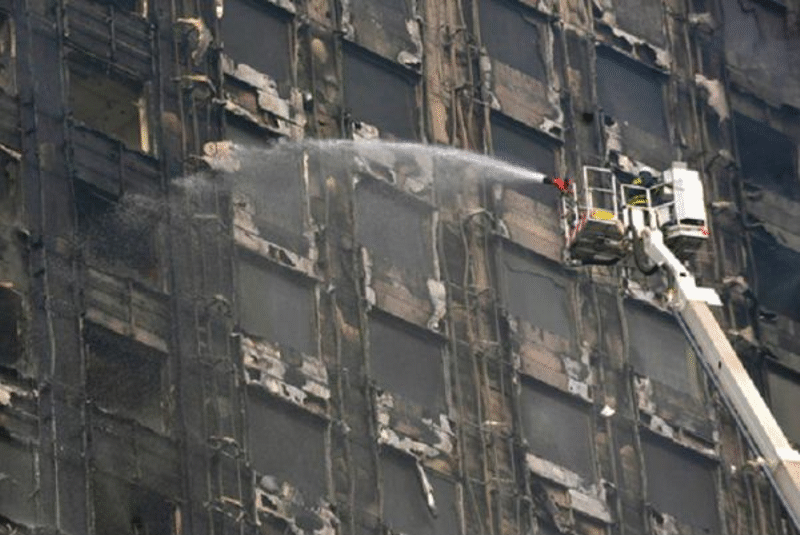More on the Growing Australian Real Estate Disaster
Perth, a city of about 2 million in Western Australia, is largely dependent upon the resource sector. With the current downturn in that sector, more people are leaving the city than arriving. This, along with higher unemployment, has put considerable pressure on house prices. I was recently in Perth and it seemed every apartment building was festooned with “For Sale” signs.
House prices are down throughout Western Australia, with huge losses in mining towns in the Northwest. Prices there have fallen by 50% to 75% and the bottom is still not in sight. Most of regional Australia is in a similar position, although with less extreme losses.
However, the two large Australian cities, Sydney (5 million people) and Melbourne (4.5 million), have been far more resilient. Prices appear to have stabilized without any significant falls. But there are warning signs.
- Vacancies in new apartment buildings are up to 30% in some areas. Read more here.
- The number of potential buyers is shrinking, some properties are being passed in at auction and some reserve prices are being lowered
- The number of Chinese buyers is way down, due to increased regulation in China and Australia and increasing taxes on foreign buyers.
- Financial Counselling Australia says calls for help have skyrocketed, all related to mortgage stress.
There is another problem that will adversely reflect future apartment prices – poor design and construction quality. There are many issues that revolve around cut-price construction.
One of the worst cases has been use of Chinese made cladding, such as Alucobest. This is a sandwich of aluminium on the outside encasing polyethylene and plastic fibres. The plastic is flammable but the product is much cheaper than the equivalent flame proof cladding. There has already been one major fire in Melbourne, shown below.
There are many other issues of sub-standard construction such as leaking plumbing, cracks forming in walls, poorly functioning electrical fittings and the like.
Increasingly, people are just not buying apartments in such buildings. Things will only get worse as the buildings age, which will in turn put further downward pressure on prices.
Finally, banks are also under increasing pressure. Last week the International Monetary Fund said Australian banks needed to strengthen their balance sheets. This was because of their high exposure to the housing market and the likelihood of a “significant housing market correction”. Negative home quity is increasing, up to 10% in Perth. Bad residential debts for the banks are rising, as are mortgage arrears.
It would not take much to tip Australia into serious recession, but a continuing decline in real estate will do it. Unemployment continues to rise (5.8% in December) as does underemployment. Interesting times ahead for Australians.

